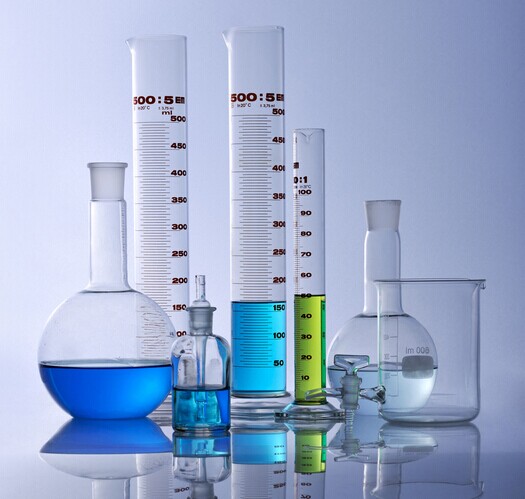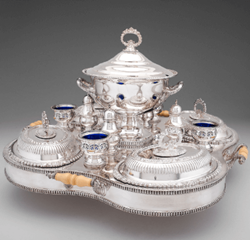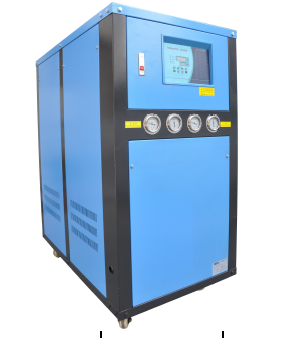Electroplated copper is the most widely used preplating layer for improving the bond strength of the coating. The copper coating is an important component of the protective decorative copper/nickel/chromium coating system. It is flexible and has a low porosity copper plating layer. The adhesion and corrosion resistance between the coatings play an important role. The copper plating is also used for localized carburization, metallization of the printed board holes, and as a surface layer of the printing roller. The chemically treated color copper layer, coated with an organic film, can also be used for decoration. In this article we will discuss the common problems encountered in the PCB process with electroplating copper and their solutions.
ONE Acid copper plating FAQ
Copper sulfate electroplating occupies an extremely important position in PCB electroplating. The quality of electroplated copper plating directly affects the quality and relevant mechanical properties of the electroplated copper layer, and has a certain influence on the subsequent processing. Therefore, how to control the quality of the electroplated copper plating is good An important part of PCB electroplating is also one of the more difficult process controls for many manufacturers. Acid copper plating common problems, mainly the following: 1. Plating rough; 2. Plating (plate surface) copper particles; 3. Plating pits; 4. The board is white or uneven in color. In response to the above issues, some conclusions were made and some brief analysis, resolution, and preventive measures were carried out.
1, plating rough
general board angle rough, most of the plating current is caused by large, you can turn down the current and check the current with the card table to see if there is no exception; the whole board is rough, generally does not appear, but the author also met at the customer At one time, it was later discovered that when the temperature in winter was low, the amount of photo-agents was insufficient; sometimes there were similar conditions when some of the reworked decals were not clean on the board surface.
- Plating copper on the surface of the board
There are many factors that cause the copper particles on the board surface. From the process of sinking the copper and the pattern, the copper plating itself is possible. The author encountered a large state-owned company, and the surface copper particles caused by sink copper.
Plating copper particles caused by the sinking copper process may be caused by any sinking copper processing step. Alkaline degreasing has higher hardness in water and more dust in drill holes (especially when the double-sided panel is not removed by the rubber slag). It will not only cause rough surface of the board, but also cause the hole to be rough; but generally it will only cause holes. Rough inner surface, slight point-like dirt micro-etching on the board surface can also be removed; there are several cases of micro-etching: the use of micro-etching agent hydrogen peroxide or sulfuric acid quality is too bad or ammonium persulfate (sodium) impurities are too high, generally It is recommended that it should be at least CP grade, and industrial grades in addition will cause other quality failures; the copper content in the microetching tank is too high or the temperature is too low to cause the slow precipitation of copper sulfate crystals; the bath fluid is turbid and polluted. The majority of the activation fluid is caused by pollution or improper maintenance, such as leakage of the filter pump, low specific gravity of the bath, and high copper content (activation cylinder is used for more than 3 years). This will produce particulate suspended particles in the bath. Or impurities colloids, adsorbed on the surface of the board or hole, this time will be accompanied by the production of rough holes. Dissolving or accelerating: The turbidity of the bath is too long, because most of the solution is now formulated with fluoboric acid, so that it will attack the glass fibers in the FR-4, resulting in silicates and calcium salts in the bath. High, acid copper plating bath itself, at this time its pre-treatment, generally does not cause the surface copper particles, because the non-conductive particles cause plate surface leakage plating or pits at most. Causes of the copper crock caused by the copper on the surface of the board may be summarized in several aspects: the maintenance of bath parameters, production operations, materials and process maintenance. The maintenance of bath parameters includes high sulfuric acid content, too low copper content, and low or high bath temperature. In particular, there is no factory with a temperature-controlled cooling system, which will cause the current density range of the bath fluid to fall, according to the normal production process. Operation may produce copper powder in the bath and mix in the bath;
In the production operation, when the current is high, the current is too large, the splint is bad, the empty pinch point, and the falling plate of the slot is dissolved by the anode. This also causes the current of some plates to be too large, resulting in copper powder, falling into the bath, and gradually causing copper faults. Material is mainly phosphorus phosphorus copper phosphorus content and uniformity of phosphorus distribution issues; production and maintenance is mainly a large deal, when the copper angle is added into the tank, mainly when large processing, anode cleaning and anode bag cleaning, many factories It is not handled well and there are some hidden dangers. The treatment of copper ball is to clean the surface and microetch the fresh copper surface with hydrogen peroxide. The anode bag should be soaked with sulfuric acid hydrogen peroxide and caustic soda, cleaned, especially the anode bag should use 5-10 micron gap PP filter bag. .
3, electroplating pits
This defect caused by the process are more, from the sink copper, graphics transfer, to the pre-plating treatment, copper plating and tin plating. The main cause of sinking copper is the long-term cleaning of the sinking copper hanging basket. During the micro-etching, the pollution liquid containing palladium and copper will drip from the hanging basket onto the surface of the board to form pollution. After the sinking copper board is electrically charged, it will cause point-leakage plating. Pits. The pattern transfer process is mainly due to equipment maintenance and poor development and cleaning. There are many reasons: the brush roller sucker sticks to contaminate the rubber stains, blow dry the air knife fan internal organs, there are oil dust, etc., the board surface film or dust before printing Improper development of the developer is not clean, poor water washing after development, silicon defoamer contamination of the board surface and so on. Pre-plating treatment, because whether it is acidic degreasing agent, micro-etching, pre-soaking, the main components of the bath have sulfuric acid, so the water hardness is high, there will be turbidity, contamination of the board surface; In addition, some companies hanging plastic bags bad For a long time, it will be found that the encapsulated plastic will dissolve and diffuse in the tank at night, contaminating the bath fluid; these non-conductive particles are adsorbed on the surface of the plate and may cause different levels of electroplating pits for subsequent electroplating.
4, the board surface or white color uneven
acid copper plating tank itself may be the following aspects: the diverging pipe from the original position, the air mixing is not uniform; filter pump leakage or suction inlet air near the air pipe to produce fine Air bubbles are adsorbed on the surface of the board or line, especially at the edges of the lines or corners; another point may be the use of poor-quality cotton cores, and the treatment is not complete, and the antistatic agent used in the manufacturing process of the cotton core pollution trough Liquid, causing leakage plating, this situation can increase the drum gas, the liquid foam can be cleaned in time, the soaking of the acid-base soak, the board surface color is white or uneven color: the main light or maintenance problems, It may also be an acidic degreasing cleaning problem or a micro-etching problem. Copper cylinders are misaligned, organic contamination is serious, and bath temperature may be too high. Acid degreasing generally does not have cleaning problems, but if the pH value of the water is acidic and there are many organics, especially for recycled recycling, it may cause poor cleaning and inhomogeneous micro-etching; micro-etching mainly considers the content of micro-etching Low, high copper content in the microetching solution, low bath temperature, etc., can also cause uneven microetching on the surface of the board; in addition, poor cleaning water quality, slightly longer washing time, or contamination with pre-soaked acid, may occur after treatment. There will be a slight oxidation, in the copper plating, because it is acidic oxidation and the plate is charged into the groove, the oxide is difficult to remove, can also cause uneven board color; In addition the board surface contact with the anode bag, uneven anode conductivity , anode passivation and other conditions will also cause such defects.
Second, concluding remarks
Some of the problems common in acid copper plating processes are summarized in this paper. At the same time, the acidic copper plating process is widely used due to its simple basic composition, stable solution, and high current efficiency, and the addition of an appropriate brightener to obtain a coating with high brightness, high flatness, and high throwing power. The quality of the acidic copper plating layer also lies in the selection and application of acid copper brighteners. Therefore, it is hoped that the majority of staff can accumulate experience in their daily work, not only to find solutions to problems, but also to fundamentally improve the technological level of innovation.





